|
|
|
Sponsors
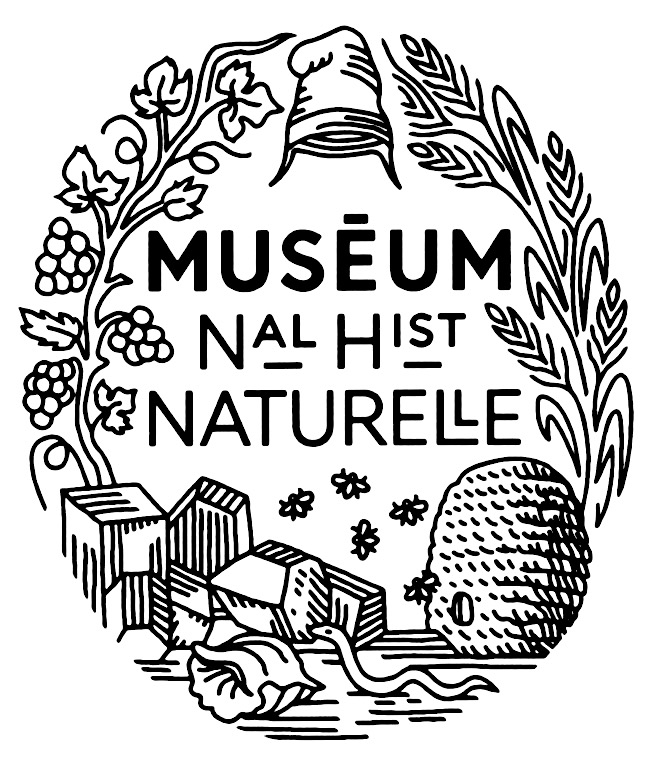
|
Muséum national d’Histoire naturelle (MNHN) |
| The Muséum national d'Histoire naturelle is a scientific centre of excellence that studies the Earth and living things from the most remote periods of the past to the present day, and examines our future. In this way, it shares its knowledge while working to conserve biodiversity and our natural and cultural heritage. Around 2,500 members of staff - researchers, caretakers, librarians, taxidermists, collections managers, engineers, veterinary surgeons, museologists - work tirelessly to achieve this, both within the walls of the MNHN and in the field. | |
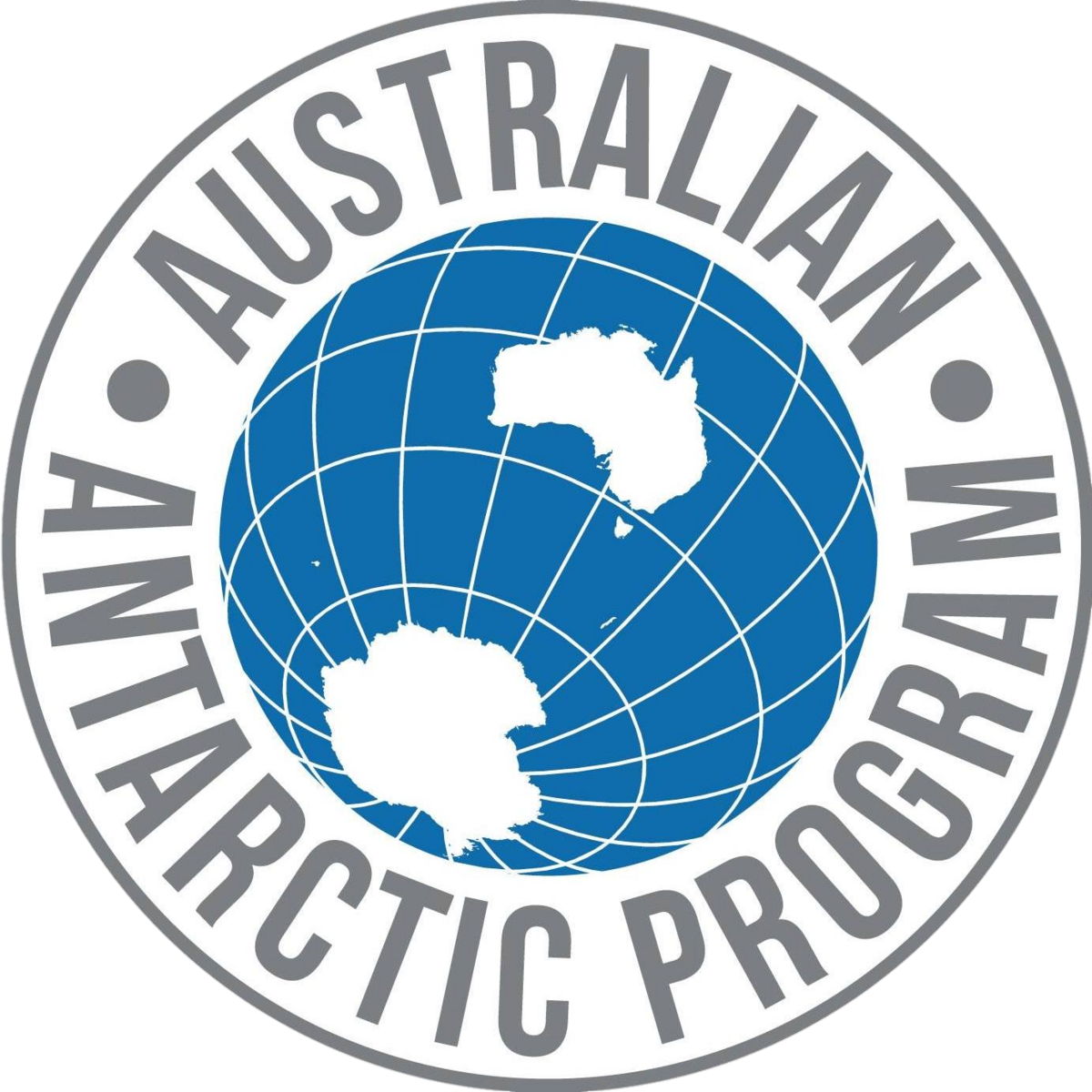
|
Australian Antarctic Division (AAD) |
| The Australian Antarctic Program (AAP) is a collaborative partnership across government and more than 150 national and international research institutions. The AAP’s Antarctic, sub-Antarctic and Southern Ocean scientific research contributes to understanding the world’s climate and the effects of climate change. The AAP’s scientific research is supported by Australia’s leading international policy role in preserving Antarctica as a natural place devoted to peace and science. The AAP is co-ordinated by the Australian Antarctic Division, which is in Hobart, Tasmania and is part of the Australian Government Department of Climate Change, Energy, the Environment and Water (DCCEEW). | |
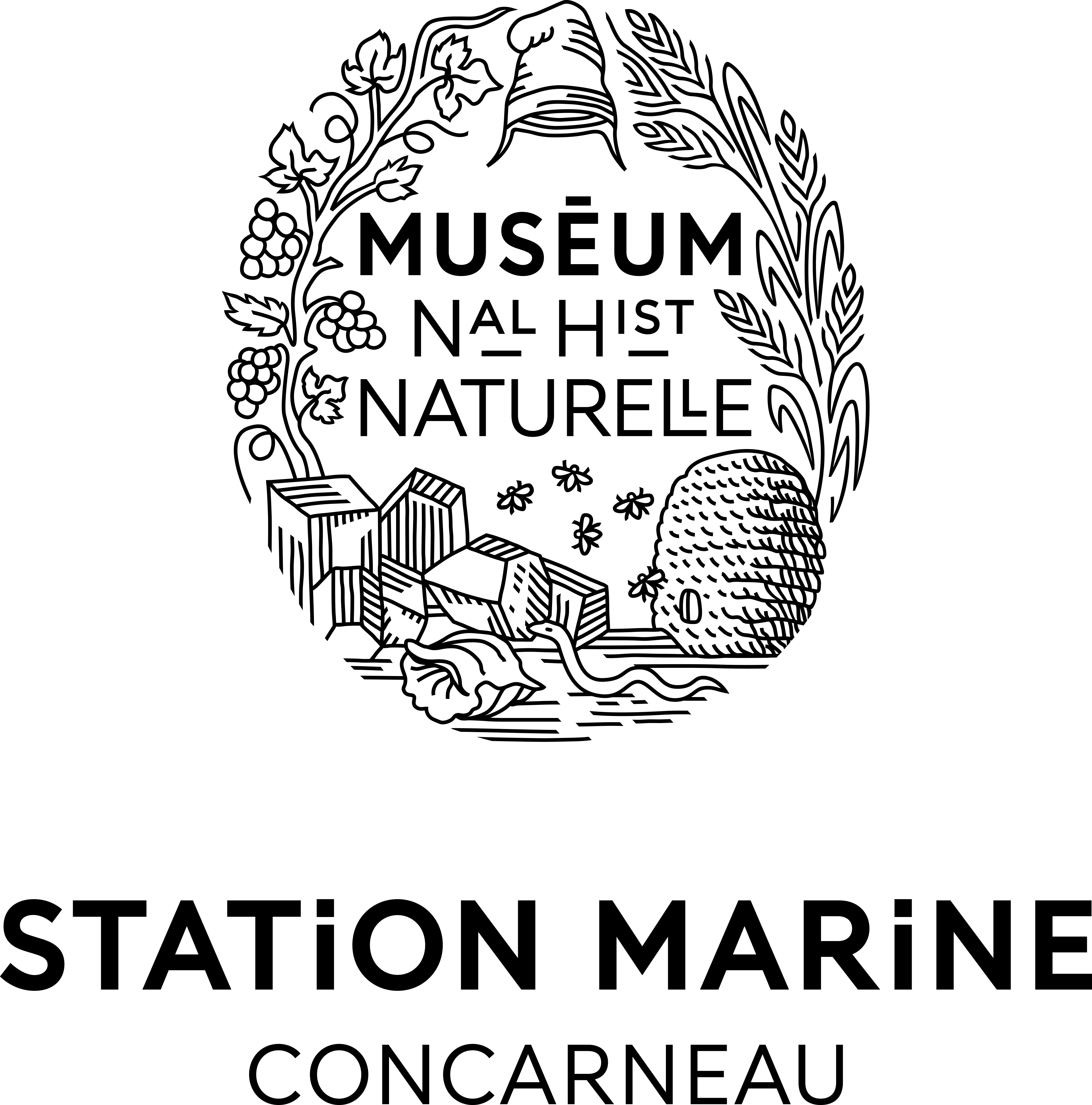
|
Concarneau Marine Station |
| The Concarneau Marine Station is the oldest Marine Station in the world still in activity. It is one of the 13 sites that belong to the Muséum national d'Histoire naturelle and as such is dedicated to research, teaching, expertise, dissemination of knowledge and collection management. | |
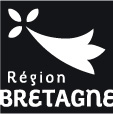
|
Région Bretagne |
| The Brittany Region supports the organization of international conferences to ensure the international influence of training and research activities in Brittany and initiate new international scientific collaborations. | |
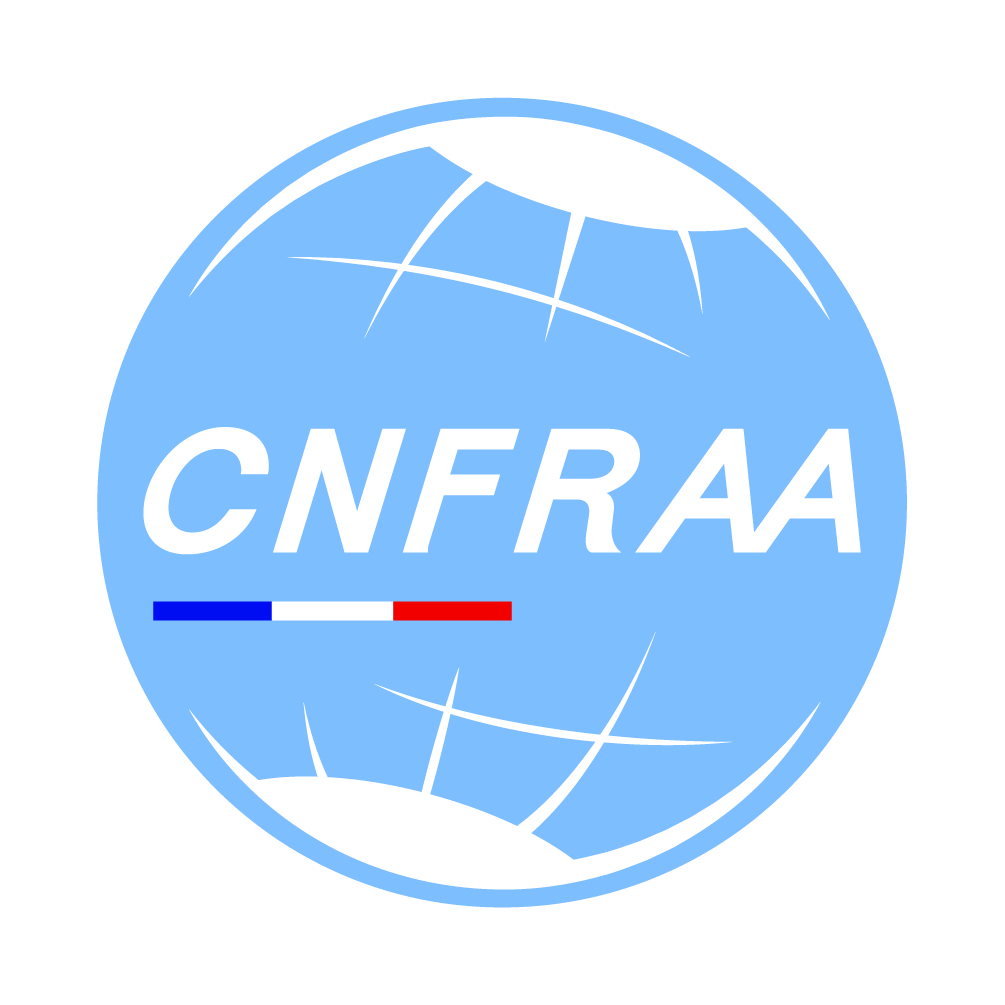
|
CNFRAA |
| The Comité National Français des Recherches Arctiques et Antarctiques (CNFRAA) is the French national correspondent of SCAR. Its mission is to promote French studies and scientific research in the Arctic, sub-Arctic, Antarctic and sub-Antarctic regions; to ensure the representation of France on the Scientific Committee on Antarctic Research (SCAR: Scientific Committee on Antarctic Research) and its working groups; to promote international cooperation and support the interaction of French research in international programs; to provide a forum for the development of scientific programs; and to contribute to communication and information on scientific research undertaken in the polar and subpolar regions. | |
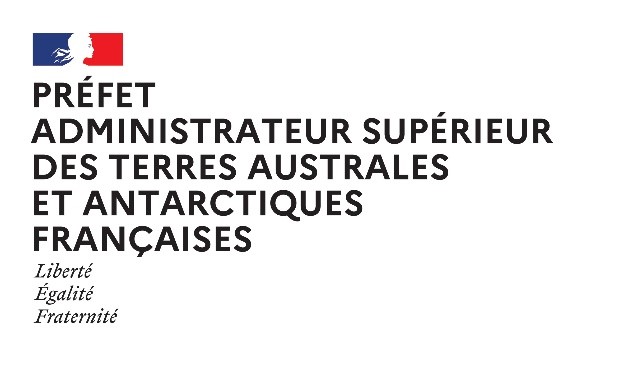
|
Terres australes et antarctiques françaises (TAAF) |
| The TAAF are made up of five districts: the Crozet archipelago, the Kerguelen archipelago, the Saint-Paul and Amsterdam islands (these three districts constituting the Southern Lands, or southern districts), Adélie land in Antarctica, and the Scattered Islands. A territory without a permanent population or elected officials, the TAAF are placed under the authority of a prefect, a senior administrator, who exercises all public action there. The higher administration ensures missions of sovereignty, support for scientific research, preservation of biodiversity, and logistics. | |
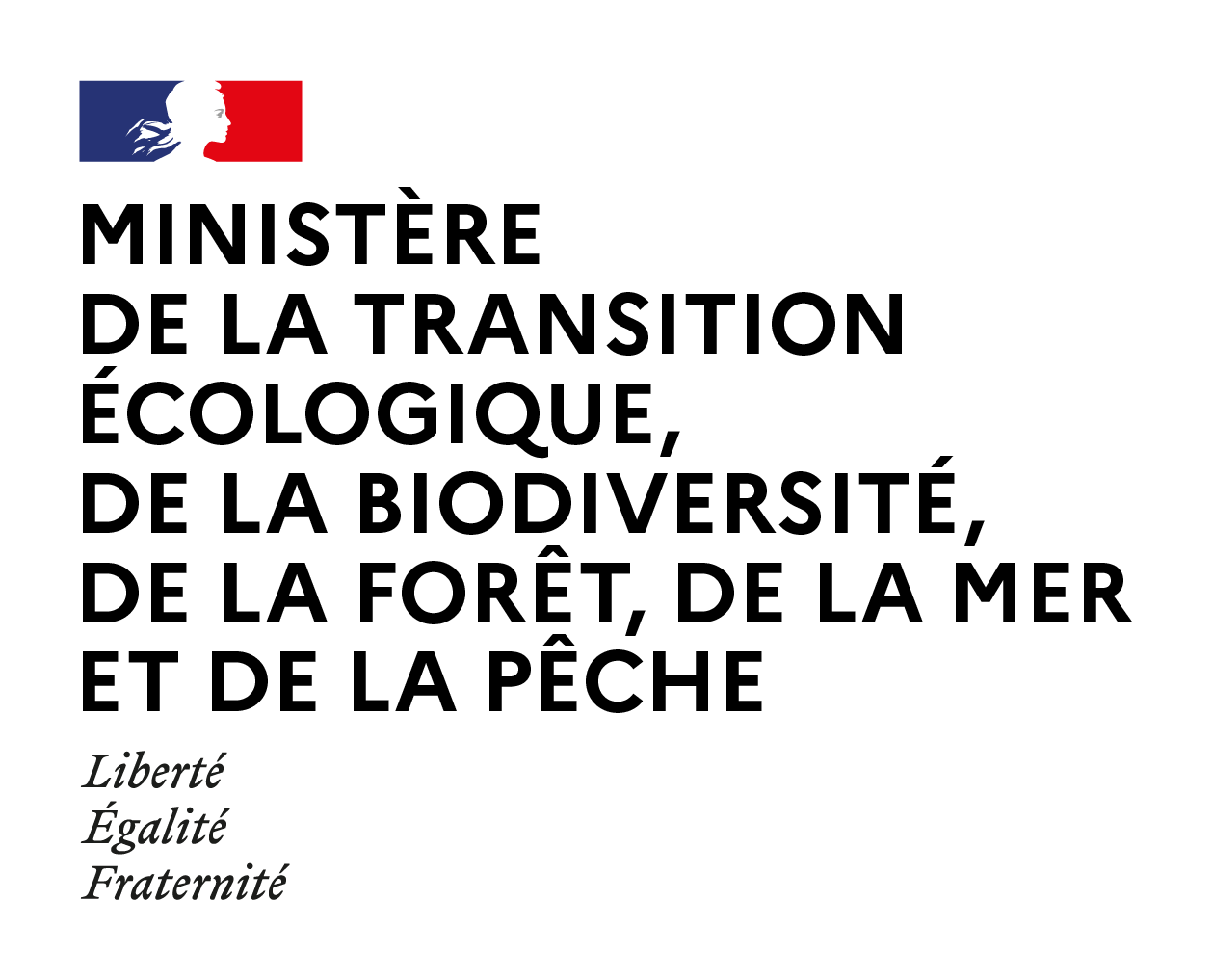
|
Direction Générale Des Affaires Maritimes, De La Pêche Et De L'Aquaculture (DGAMPA) |
| Under the authority of the State Secretariat for the Sea and the Ministry of Agriculture and Food Sovereignty, the General Directorate of Maritime Affairs, Fisheries and Aquaculture (DGAMPA), has the mission of better reconciling the different uses in an increasingly coveted maritime space, reaffirming the place of the sea within public policies, while ensuring better protection of our resources and our marine environments. | |

|
Fondation d'entreprises des Mers Australes (FMA) |
| The main purpose of the Fondation d'Entreprises des Mers Australes is to understand, promote, preserve and develop the natural wealth and resources of the Southern Ocean. | |
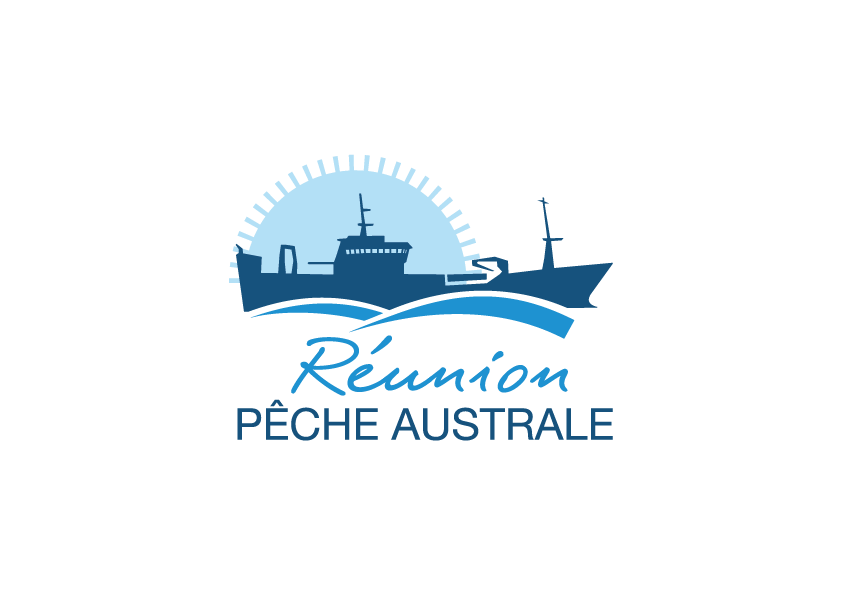
|
Réunion Pêche Australe |
| Réunion Pêche Australe fishes the Antarctic toothfish in the waters at the Crozet archipelago and the Kerguelen archipelago. |


